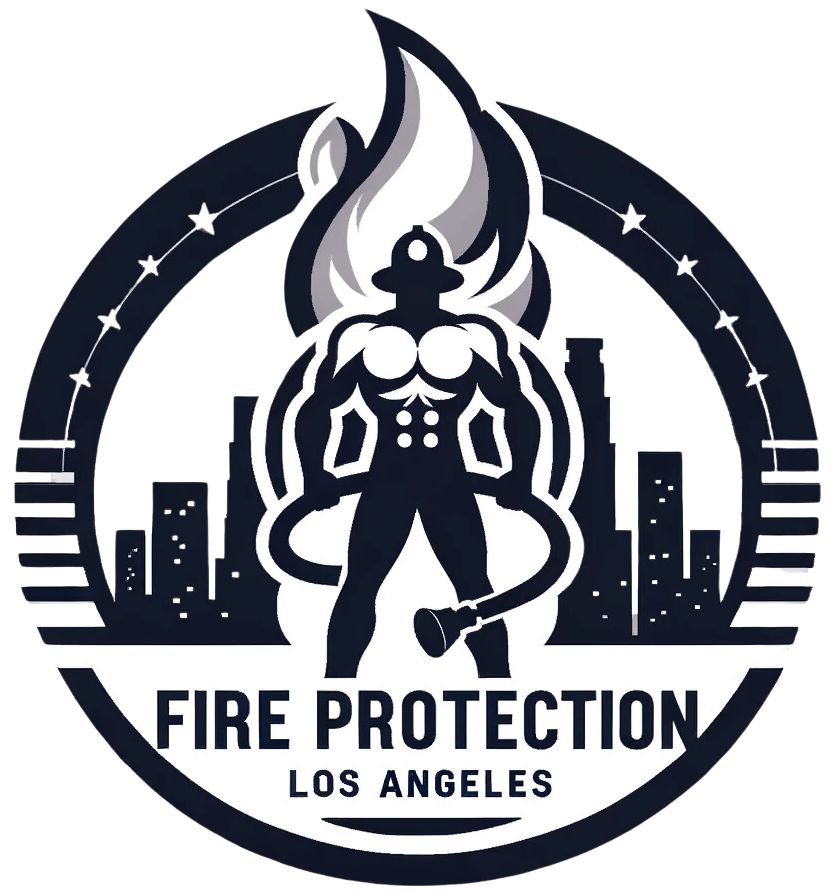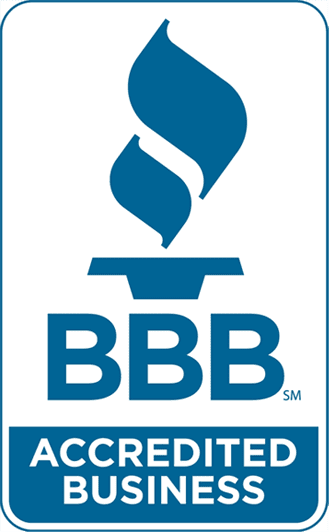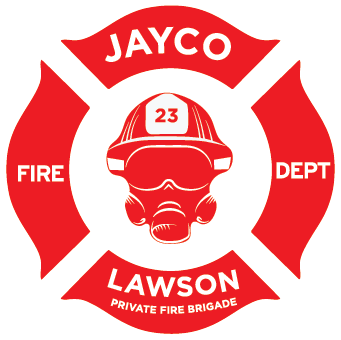Fire risk assessments are vital for safety planning because they help us identify potential hazards like ignition sources and combustible materials. By understanding these risks, we can create effective fire safety procedures to protect lives and property. Regular assessments guarantee compliance with safety regulations, which is essential for avoiding legal penalties and reducing fire incidents. They also guide us in evaluating risks, documenting findings, and developing emergency plans. Ignoring these assessments can lead to serious consequences, including financial losses and damage to reputation. There's much more to explore about fire safety measures, which can help us enhance our safety practices.
Importance of Fire Risk Assessments
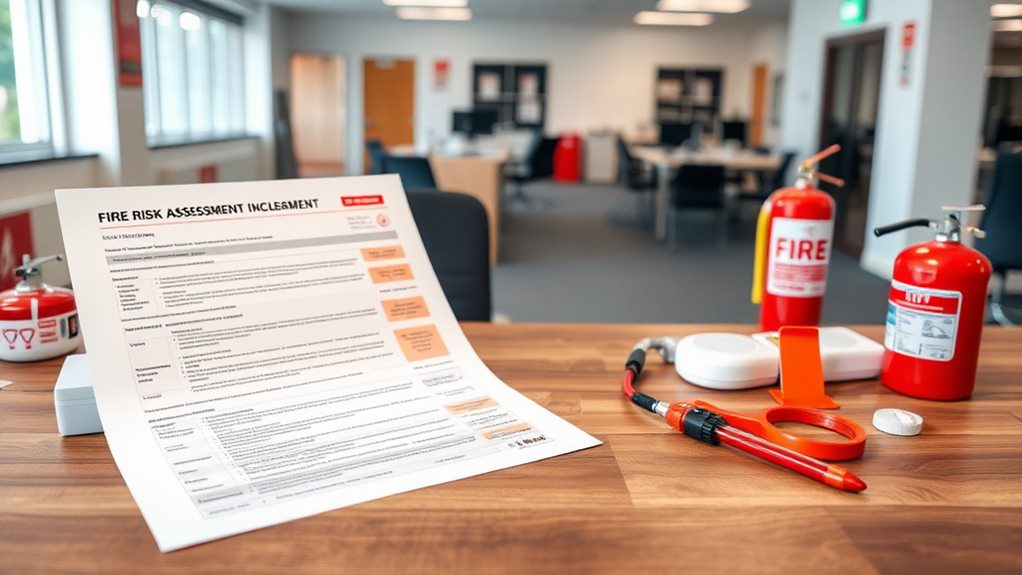
When we consider the importance of fire risk assessments, it becomes clear that they're not just a legal requirement but a critical part of our safety planning. These assessments help us identify potential hazards within our buildings, such as ignition sources and combustible materials. By systematically evaluating these risks, we can develop effective fire safety procedures that aim to mitigate these risks before they lead to fire incidents.
Additionally, analyzing the probability of fire occurrence and determining the impact of potential incidents are essential steps in this process.
Moreover, ensuring compliance with legal regulations, like the Regulatory Reform (Fire Safety) Order 2005 in the UK, is essential for protecting lives and property. Regular fire risk assessments enhance our preparedness and response capabilities, allowing us to create thorough emergency plans. This means having clear evacuation routes and training programs for staff and occupants, so everyone knows what to do in case of a fire.
The statistics are sobering, with approximately 1,353,500 fires reported in the U.S. in 2021 alone. By prioritizing fire prevention through these assessments, we not only safeguard our premises but also save lives and reduce potential financial losses from devastating fire incidents.
Ultimately, fire risk assessments are essential for fostering a safer environment for us all.
Steps in Fire Safety Risk Assessment
Understanding the steps in fire safety risk evaluation is essential for anyone involved in safety planning. The fire risk assessment process consists of five key steps that guide us through identifying fire hazards and enhancing safety systems.
First, we start by identifying fire hazards, looking for potential ignition sources, fuel, and oxygen in our environment. This thorough evaluation helps to develop comprehensive fire protection services tailored to the unique needs of each property.
Next, we determine who's at risk, analyzing everyone present, including employees and visitors, to pinpoint vulnerable populations.
In the third step, we evaluate the risks associated with the identified hazards, analyzing their likelihood and potential impact. Here, we implement measures to mitigate these risks, guaranteeing a safer environment.
Following this, we document findings and develop emergency plans, which lay out how to respond in case of a fire.
Key Components of Fire Risk Assessment
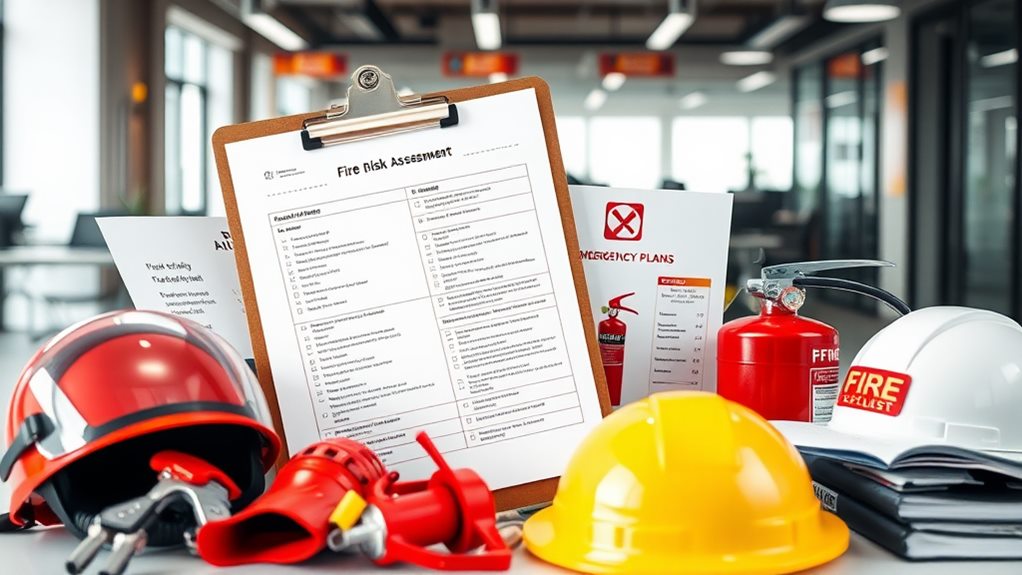
When we talk about fire risk assessments, two key components stand out: the hazard identification process and risk evaluation strategies.
A thorough fire prevention plan is critical for mitigating risks and enhancing workplace safety, as it helps us systematically identify potential hazards, like ignition sources and flammable materials, to understand what we're up against.
Then, we can evaluate the risks by considering how likely a fire is to happen and what could happen to people and property if it does.
Hazard Identification Process
To effectively manage fire risks, we must engage in a thorough hazard identification process that pinpoints potential ignition sources, fuel materials, and the availability of oxygen in our environment.
Identifying hazards requires a systematic examination of all areas within a premises, including the evaluation of fire risks specific to electrical and flammable liquids strategic suppression agent selection. We should carefully inspect electrical equipment, flammable materials, and any structural vulnerabilities that could contribute to fire development.
It's also essential to identify at-risk individuals, such as employees and visitors, so we can implement adequate safety measures to protect everyone during a fire incident.
Documenting hazards is a key component of fire risk assessment, helping us establish a baseline for evaluating our existing safety measures. This documentation also informs our future emergency planning efforts.
Regular reviews and updates of the hazard identification process are imperative. As our workplace environment changes, we must guarantee that our fire safety management protocols remain relevant and effective.
Risk Evaluation Strategies
After identifying hazards, we move on to risk evaluation strategies, which are vital for evaluating the likelihood of fire events and their potential impacts on occupants and property.
In our fire risk assessments, we analyze ignition sources, fuel types, and oxygen availability, which together form the fire triangle necessary for combustion. By understanding these elements, we can better predict where fires may start and how they might spread.
Next, we evaluate existing safety measures to determine their effectiveness. This allows us to identify additional precautions needed to mitigate identified risks. For example, if we find that certain safety measures aren't compliant with fire safety standards, we can take action to improve them.
Documentation of our evaluations is essential for compliance and future reference. It guarantees that safety measures can be tracked and improved over time.
Regular reviews of our risk evaluation strategies are also necessary to adapt to changes in the workplace environment, workforce, or regulatory requirements. By maintaining ongoing effectiveness in fire safety, we help protect everyone involved.
Common Fire Hazards in Workplaces
Many workplaces face significant fire hazards that can jeopardize safety and operations. Recognizing these hazards is essential for effective fire safety assessments. Here are some common fire hazards we should all be aware of:
- Flammable Materials: If not stored properly, these can greatly increase fire risk. We must adhere to strict storage protocols to minimize this danger.
- Electrical Faults: Outdated wiring and overloaded circuits can lead to serious fires. Regular inspections and maintenance are vital for safety.
- Cooking Equipment: Kitchens are often at risk due to cooking equipment. Safe usage practices and constant monitoring can prevent accidents.
Other notable hazards include the misuse of heating devices, like space heaters, which require thorough employee training on safe operating procedures.
Additionally, poor housekeeping, with clutter and debris, can facilitate fire spread and obstruct evacuation procedures during emergencies.
By understanding and addressing these common fire hazards, we can create a safer workplace for everyone. Regular fire safety assessments will help us identify these risks and implement effective strategies to mitigate them.
Together, we can foster a culture of safety and preparedness.
Consequences of Non-Compliance
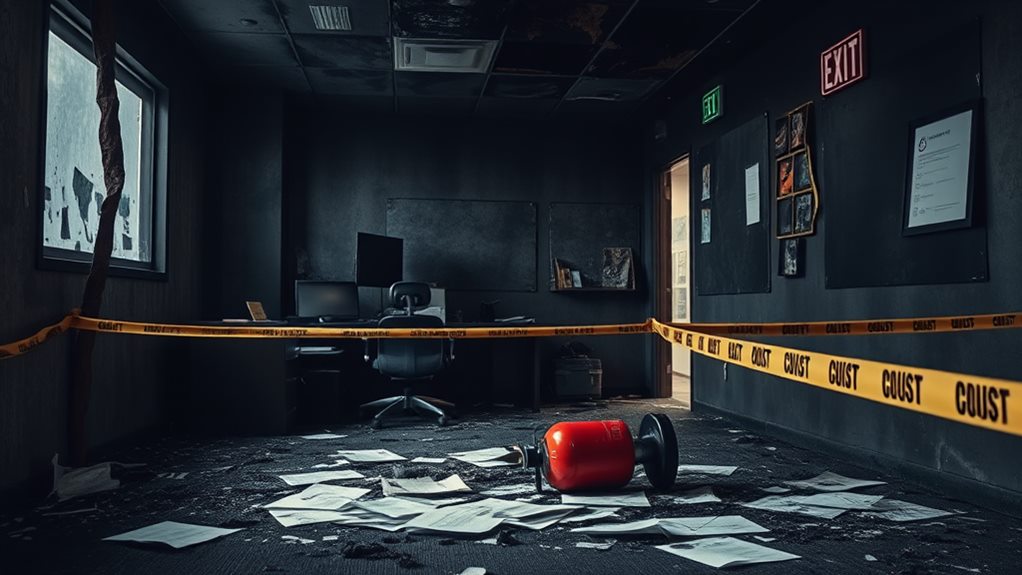
When we think about the consequences of not following fire risk assessment regulations, we must consider the serious legal penalties that can arise.
Failing to comply can lead to hefty fines, legal action, and even imprisonment for those responsible.
Additionally, ignoring these assessments increases the risk of fire incidents, which can result in injuries, fatalities, and financial losses for everyone involved.
Legal Penalties and Liabilities
Neglecting fire risk assessments can lead to serious legal consequences that we all need to understand. Failing to comply with fire safety regulations, particularly the Regulatory Reform (Fire Safety) Order 2005, can expose us to significant legal penalties, including:
- Substantial Fines: Non-compliance can result in fines that vary by jurisdiction and can reach thousands of dollars.
- Civil Liabilities: We may face costs for property damage and personal injury claims if a fire incident occurs due to our negligence.
- Potential Imprisonment: In severe cases where negligence leads to serious injury or fatalities, responsible individuals might face imprisonment.
It's crucial to recognize that overlooking fire risk assessments not only brings legal penalties but also results in enforcement actions from local fire authorities, which could include orders to cease operations.
Additionally, we risk reputational damage, leading to a loss of business and trust among clients and the community.
Understanding these consequences highlights the importance of compliance and proactive measures to guarantee fire safety. By prioritizing fire risk assessments, we safeguard our people, property, and reputation.
Increased Fire Risk
Inadequate fire risk assessments greatly heighten our exposure to fire hazards, putting lives and property at risk. When we fail to conduct these assessments, we face an increased fire risk that can have dire consequences. Statistics show that properties without regular assessments are 30% more likely to experience fire incidents. This means we're not just ignoring safety planning; we're jeopardizing lives. In 2021 alone, preventable fires claimed nearly 3,800 lives in the U.S.
By not identifying hazards and implementing prevention strategies, we leave ourselves open to significant losses. Approximately 80% of fire-related incidents in non-compliance scenarios lead to extensive property damage, costing businesses thousands or even millions in repairs.
Furthermore, insurance companies may refuse to pay out claims if we can't show proof of a thorough fire risk assessment, leaving us with financial burdens that could have been mitigated.
Ultimately, non-compliance not only brings legal repercussions, including hefty fines or imprisonment, but it also undermines our efforts for thorough fire safety. We must prioritize fire safety regulations to protect ourselves, our employees, and our properties.
Choosing the Right Fire Protection Services
Choosing the right fire protection services is vital for safeguarding our businesses and guaranteeing compliance with safety regulations. When we consider these services, we should prioritize a few key factors that can help us effectively manage fire risks and enhance our safety planning.
- Experience and Expertise: We should look for fire protection services that have a proven track record. A staggering 74% of clients found their expectations exceeded when working with global risk consultants like GRC.
- Collaboration with Insurance: Choosing services that collaborate with major insurance organizations can improve the quality of fire risk assessments, helping us identify hazards more effectively.
- Qualified Engineers: It's imperative to confirm that the selected service employs qualified engineers who can develop innovative methods tailored to our specific business needs. This expertise plays a significant role in mitigating legal liabilities and enhancing our overall fire safety.
Additionally, extensive resources, like free educational materials on emerging fire risk management trends, keep us informed and prepared.
Final Thoughts
In summary, fire risk assessments are essential for keeping our environments safe. By identifying hazards and planning accordingly, we can prevent disasters that could feel like a volcano erupting in our workplace. Following the steps and components we discussed guarantees compliance and protects lives. So, let's take fire safety seriously and choose the right protection services. Together, we can create a safer space for everyone, minimizing risks and fostering a culture of safety in our communities.
